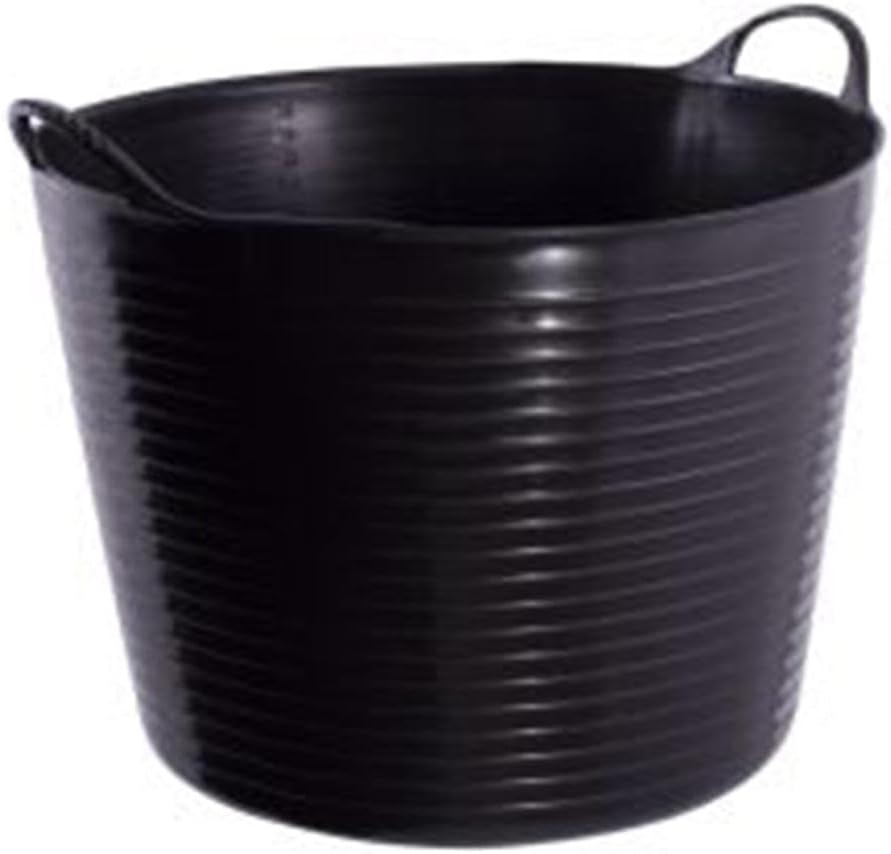
Kitchen Waste has Value
While I was in the middle of preparing a holiday meal, I stopped in mid-chop and looked at the big pile of potato peelings, celery trimmings and carrot scraps. “What a shame to toss this kitchen waste into the compost bin,” I thought.
It occurred to me I had read recipes for making potato peel broth, so I thought my pile of scraps might have some potential. Because I was too busy at the time to start a new cooking project, I simply stuffed everything into a plastic bag and put it in the fridge.
A few days later I set about to make a batch of vegetable stock. I grabbed the bag of vegetable discards and cleaned out the vegetable bin of a packet of wilted parsley, a soft sweet potato, a quarter of a green pepper, a few green onions and anything else that was past its prime.
Because I knew I’d be straining the mixture after it cooked, I thought it would be fine to add small pieces of vegetables in with the peelings and a whole vegetable or two.
Stock Pot Put to Use
All these leftover vegetables and scraps–once destined for the compost pile–turned into an aromatic vegetable stock that smelled incredible as it was simmering. I can’t tell you how pleased I was to be able to make something out of almost nothing. To make your own vegetable stock, you’ll need the following:
Stock pot
Well-washed organic vegetable peels, vegetable ends, whole vegetables, fresh herbs and other discards
1 tablespoon whole peppercorns or fresh-ground pepper
2-3 bay leaves
1-2 cloves garlic
Kosher salt to taste (optional)
- Add vegetable scraps to fill stock pot half full.
- Cover vegetables with water.
- Add pepper, bay leaves and garlic.
- Bring water to a boil and then simmer at least one hour or more.
- Allow mixture to cool.
- Strain into a container; refrigerate or freeze.
- Discard or compost the cooked scraps.
Uses for Vegetable Stock
After simmering for several hours, the vegetable waste turned into a flavorful, light brown stock. I used this first batch to make a delicious turkey noodle soup, but vegetable stock could be used for many other kinds of soup, too.
The stock could also be used instead of water to boil potatoes for mashing, for cooking rice and sautéing vegetables. Vegetable stock can be substituted for water and meat-based stocks in most recipes by using it in the same quantity.
My experiment was so rewarding I plan on saving my vegetable scraps so I can improve my stock on a weekly basis.
Fine Gardening Recommended Products

Fort Vee - Organic Potting Soil Mix
Fine Gardening receives a commission for items purchased through links on this site, including Amazon Associates and other affiliate advertising programs.

Tubtrugs SP42GBK Flexible Black Gorilla Large 38 Liter/10 Gallon Capacity
Fine Gardening receives a commission for items purchased through links on this site, including Amazon Associates and other affiliate advertising programs.

A.M. Leonard Deluxe Soil Knife & Leather Sheath Combo
Fine Gardening receives a commission for items purchased through links on this site, including Amazon Associates and other affiliate advertising programs.



















Comments
Log in or create an account to post a comment.
Sign up Log in